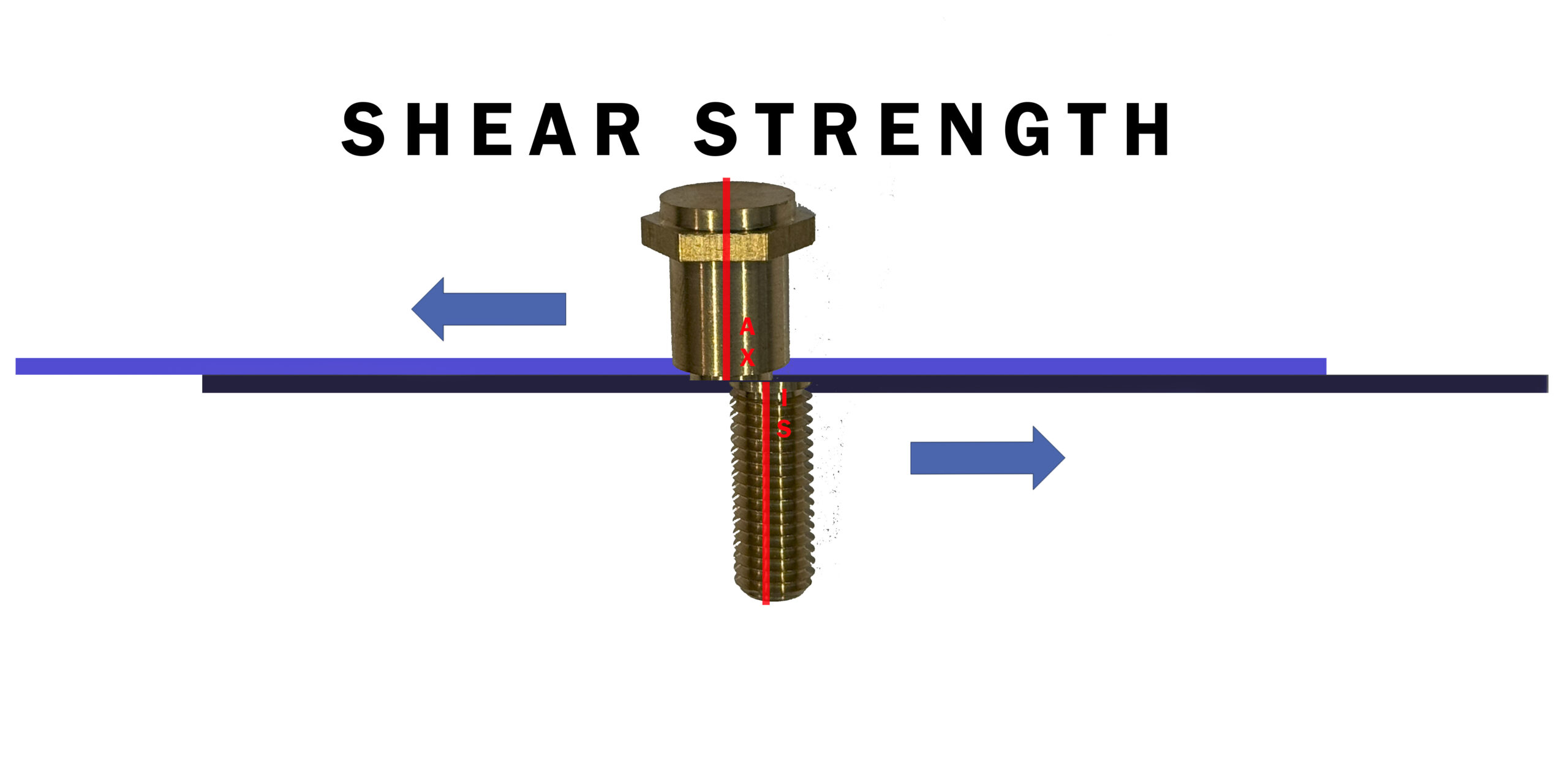Why traditional fastener designs may not work Over the last two decades – especially with the advent of heavy batteries in the automotive industry – the race for lightweight and high-performance composite assemblies has taken center stage. These assemblies, typically made from composites like carbon fiber and CFRP have become
Plastics
Reducing NVH in Automotive Assemblies: The Role of Plastics-Fastener Collaboration
Noise, Vibration and Harshness (NVH) has long been a critical metric for buyers when deciding the overall quality of a vehicle. That’s why we, as fastener and plastics engineers, have to begin thinking about NVH quite literally at the nuts and bolts level. Whether you’re talking about EVs or traditional
Heat Set Inserts vs. Ultrasonic Inserts: Optimizing Fastener Selection for Injection Molded Plastic Assemblies
Fastener selection plays a vital role in determining long-term part integrity, assembly repeatability, and structural performance. Among the most widely used fastening methods for thermoplastics are heat set inserts and ultrasonic inserts. Both methods deliver durable, threaded metal connections, but they differ in how they interact with molded materials and
The Rise of Lightweight Fasteners: Meeting the Demands of EV and Aerospace Sectors
Why Fasteners Matter More Than Ever in Lightweighting Strategies As electric vehicles (EVs) and aerospace applications push the boundaries of lightweight design, every gram counts in modern designs. Engineers in these sectors know that fasteners – while often overlooked – can collectively contribute significant mass to modern designs. With automotive
Plastics quickly making their way into automotive engine bays
Over the past decade, plastics and forms of nylon are quickly replacing their ferrous counterparts as the material of choice under the hood of cars and trucks all over the world. How can this be? Conventional wisdom would tell you that the high temperature and high stress environment of an





